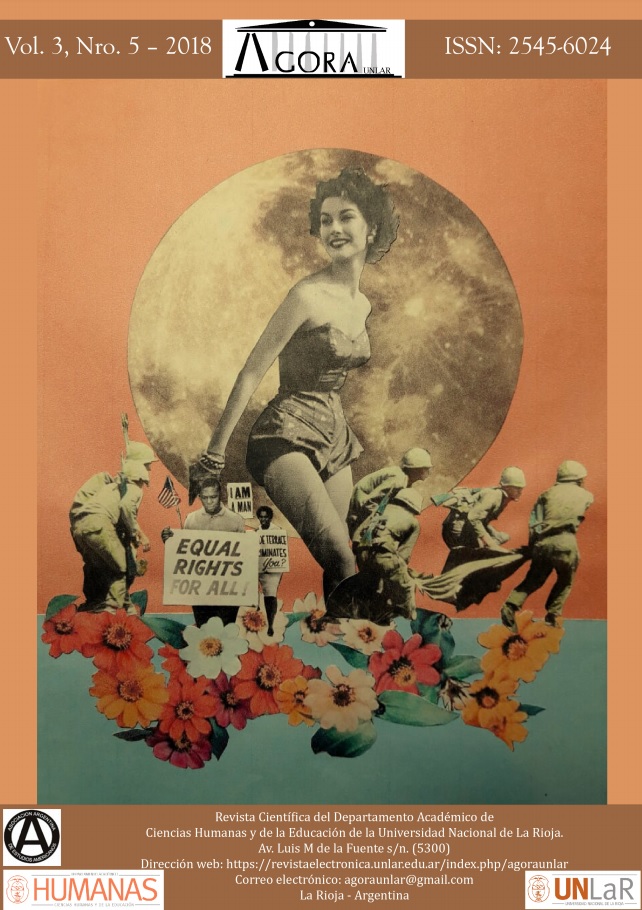EL MONO VELLUDO (1922), EL GRAN DIOS BROWN (1925) Y LA POÉTICA TEATRAL DE EUGENE O’NEILL
Palabras clave:
Teatro modernista, Eugene O’Neill, Tragedia modernaResumen
Partiendo de un análisis comparativo de dos piezas teatrales producidaspor Eugene O’Neill, El mono velludo (1922) y El gran dios Brown (1925),la ponencia se propone exponer algunos elementos recurrentes en sudramaturgia. Al indagar en su concepción del género teatral, se procuraráreflexionar sobre su lugar innovador en la escena norteamericana einternacional. El conflicto –la polaridad entre identidad y los otros queexperimentan los personajes–, el componente trágico, la crítica político-socialplasmada en el enfrentamiento entre idealismo y materialismo, constituyenalgunos elementos que dan cuenta de la atmósfera que domina luego de laPrimera Guerra Mundial. En este sentido, estas dos obras permiten delinearel universo estético e ideológico del autor. THE HAIRY APE (1922), THE GREAT GOD BROWN (1925) ANDTHE THEATRICAL ART OF EUGENE O’NEILL ABSTRACTThis work proposes a comparative analysis, between The Hairy Ape (1922)and The Great God Brown (1925) by Eugene O’Neill, to expose some recurrentelements of his dramaturgy. Studying his conception of the theatrical art, itwill be possible to highlight his innovative part in the American scene. Theconflict between alterity and identity experienced by the characters, the tragiccomponent and the social and political critic presented in the confrontation ofidealism and materialism, are some of the features that reflect the dominantzeitgeist after the World War I. In this regard, both plays allow us to define theaesthetic and ideological universe of the author.Keywords: Modernistic drama, Eugene O’Neill, Modern TragedyDescargas
Publicado
31-10-2018
Número
Sección
ARTÍCULOS DE INVESTIGACIÓN O REVISIÓN TEÓRICA





